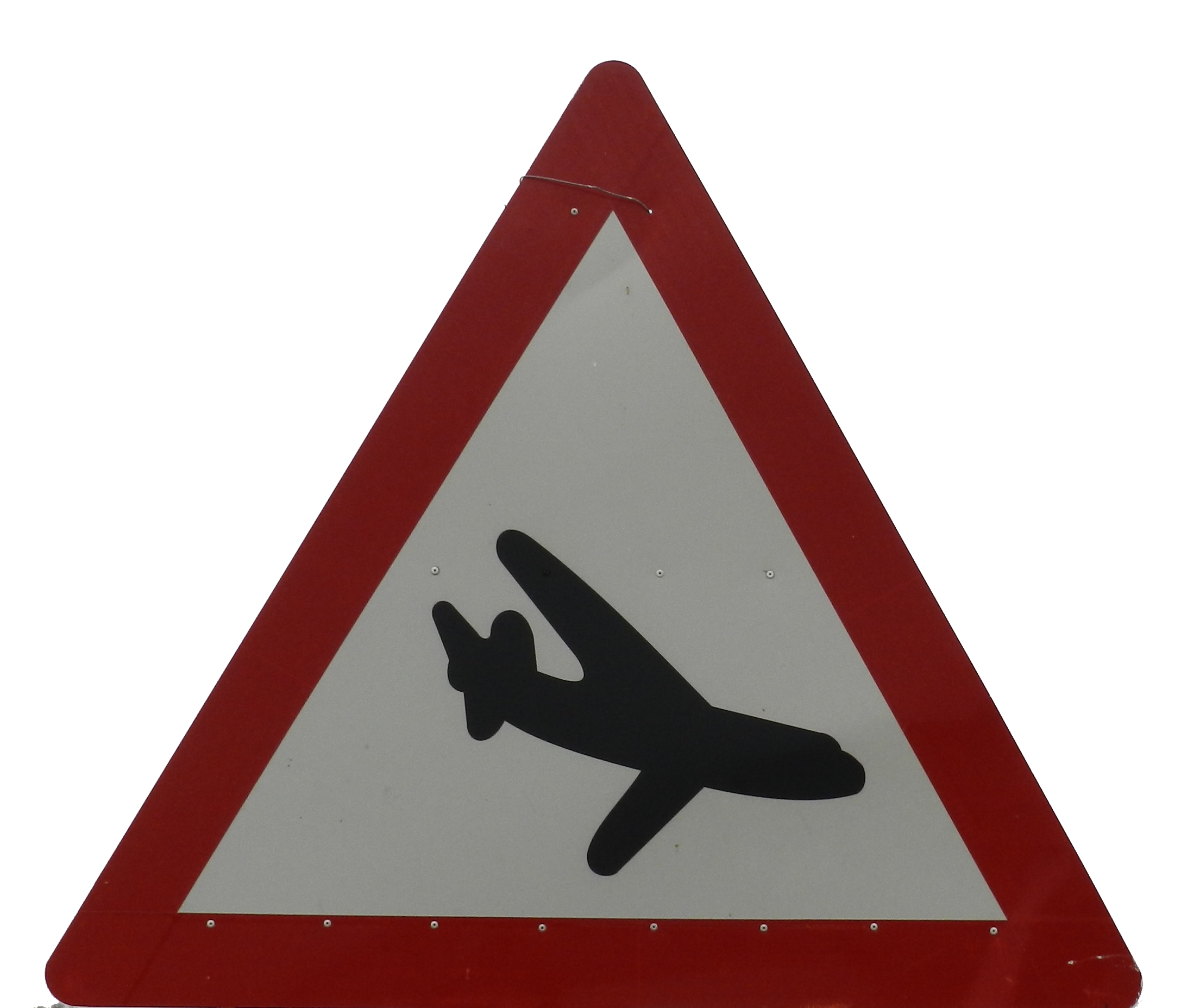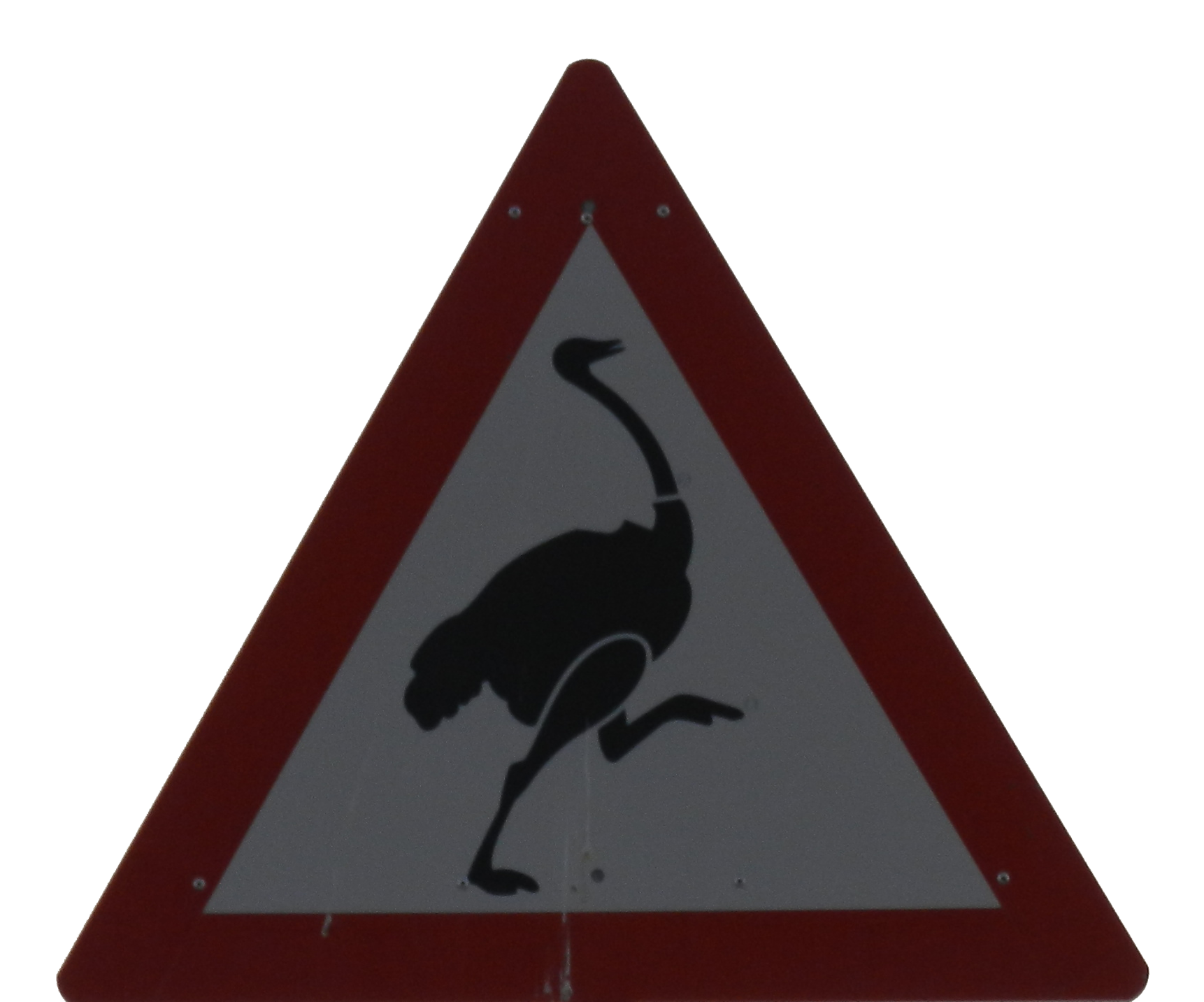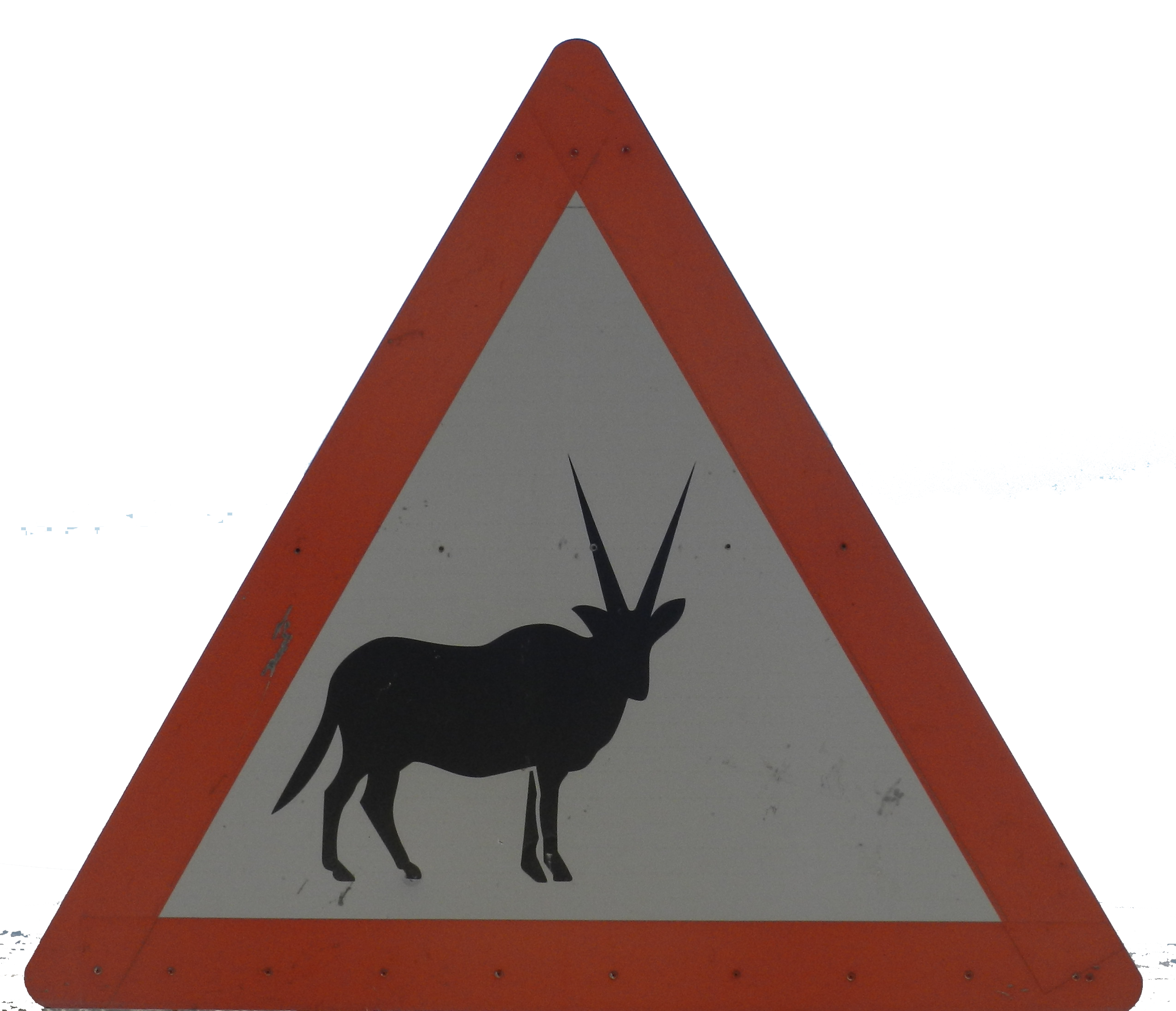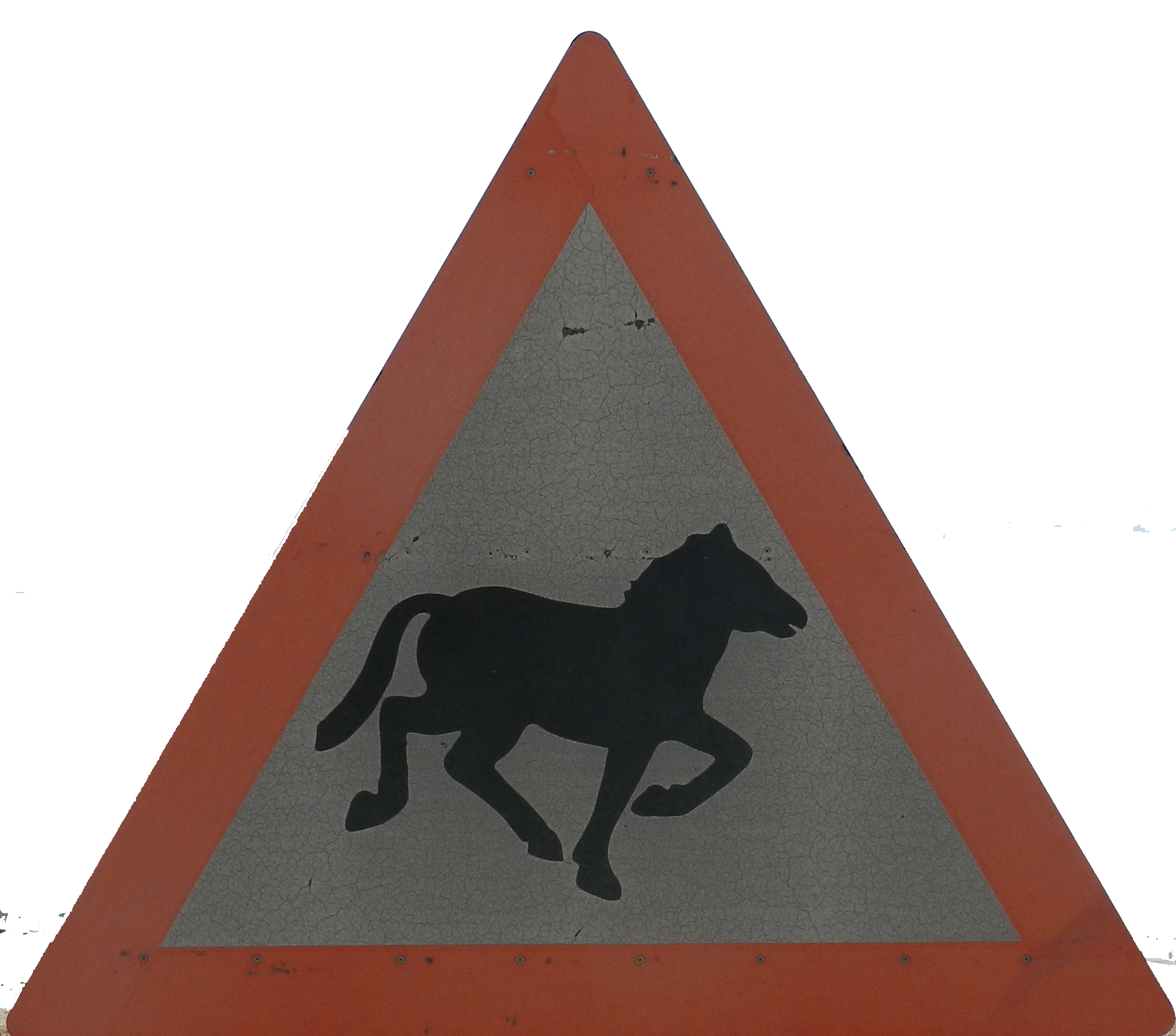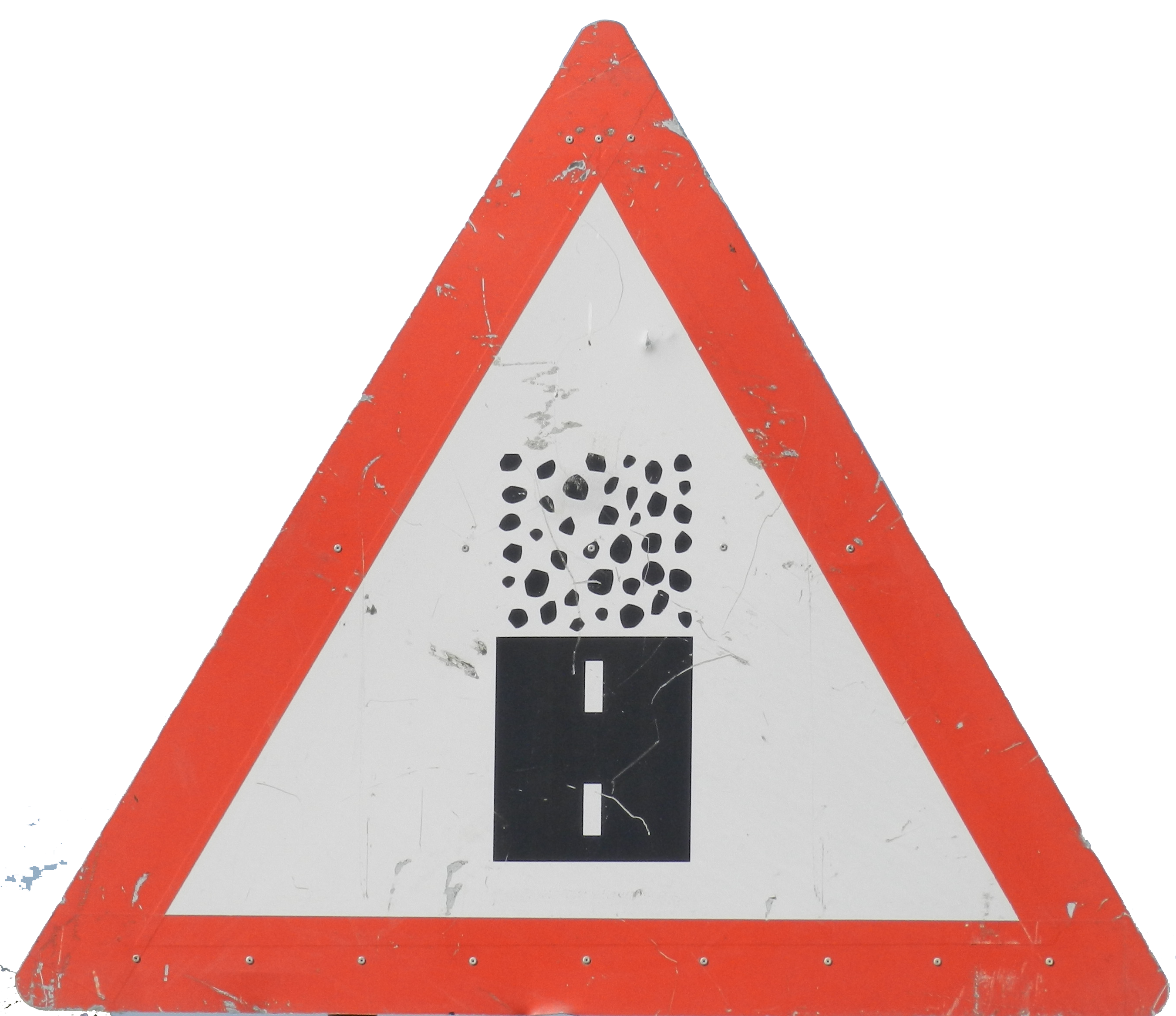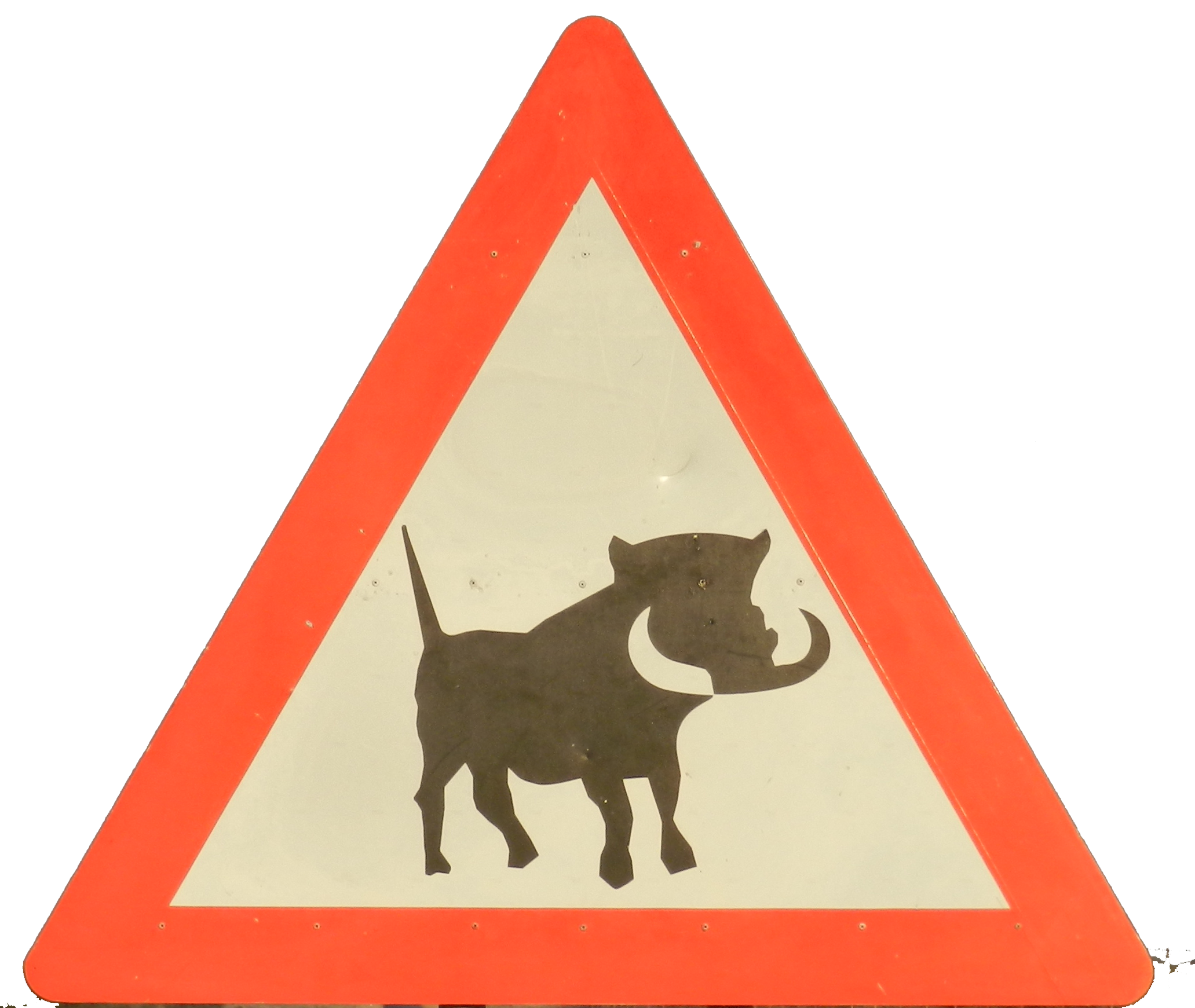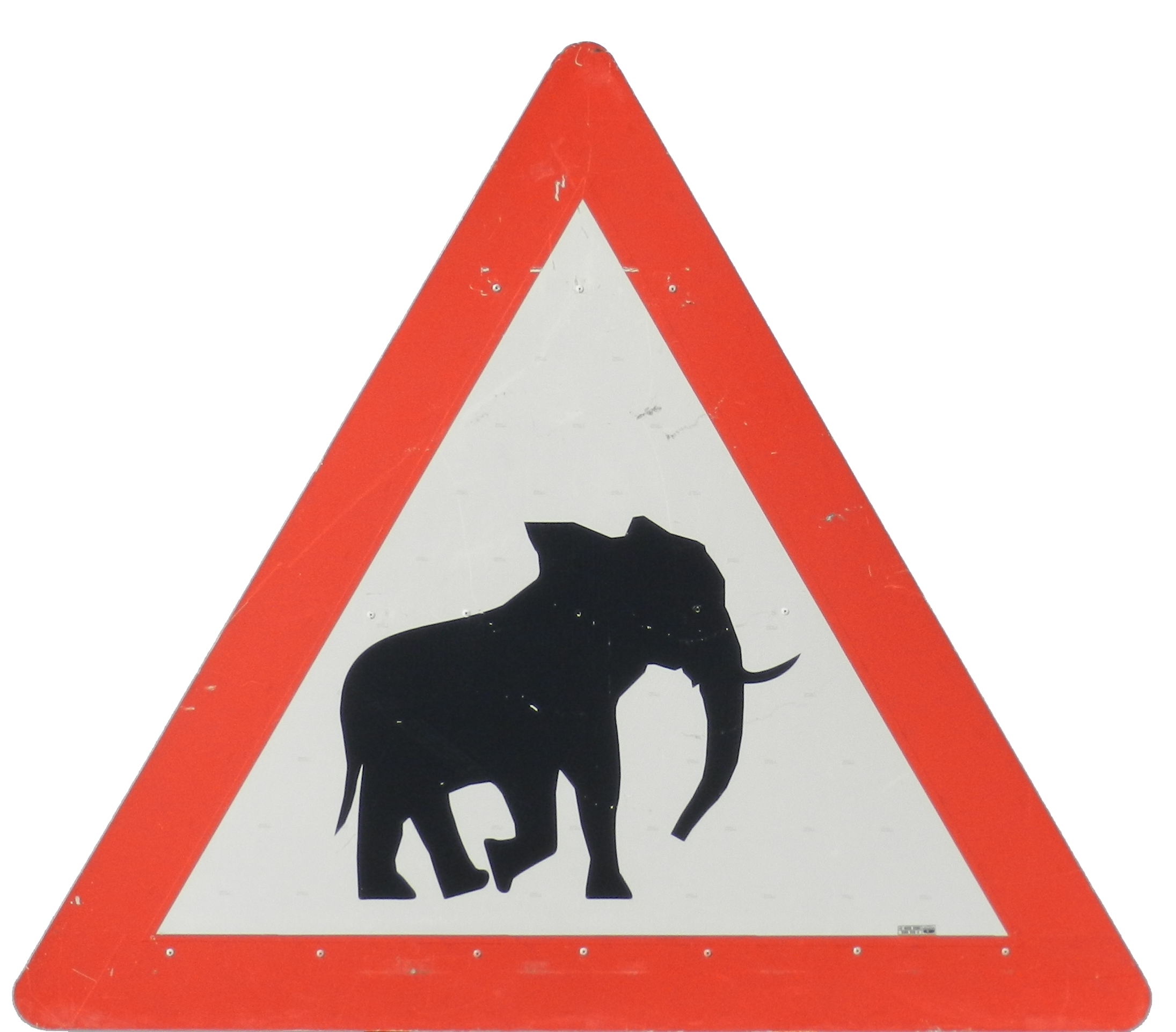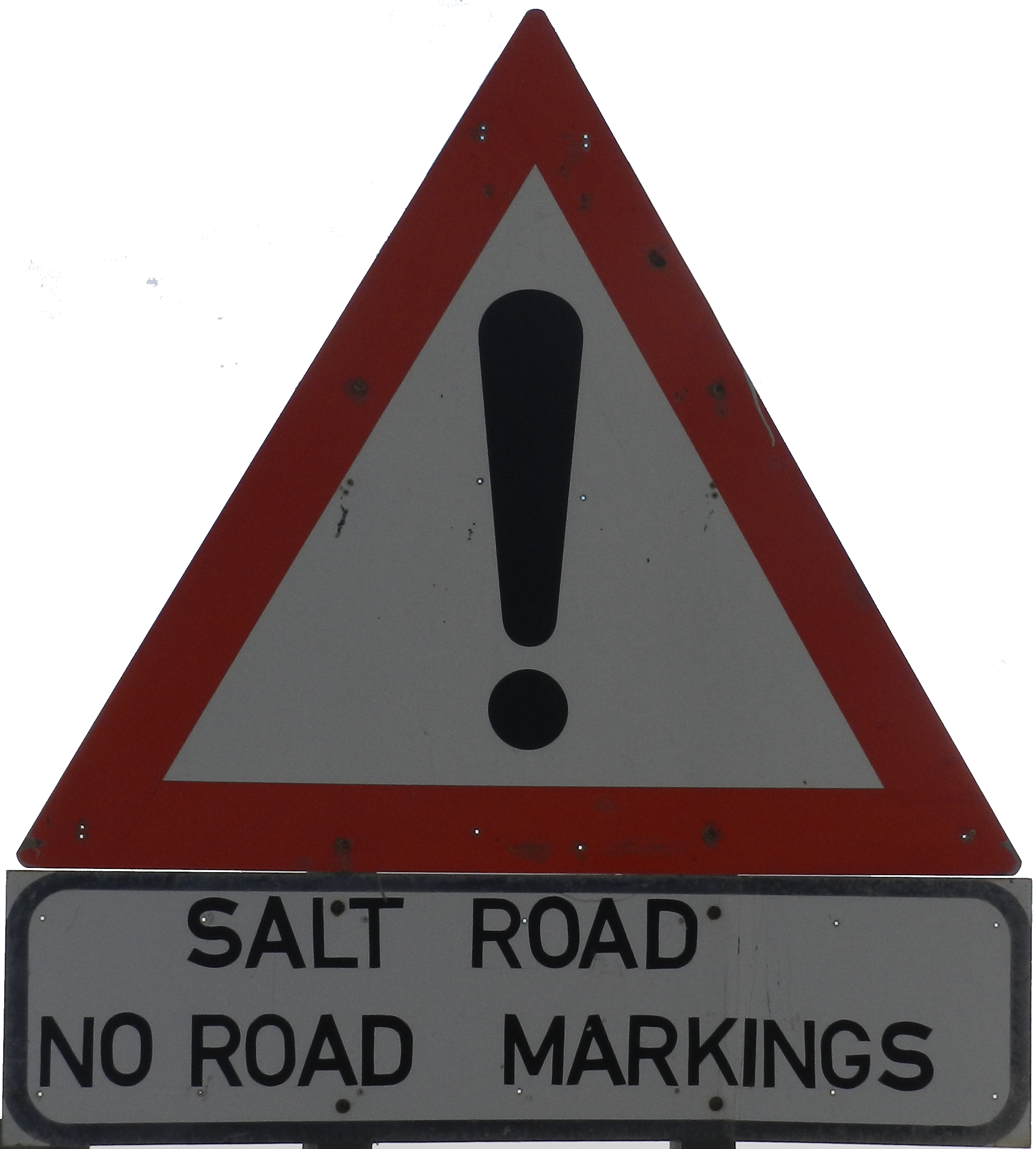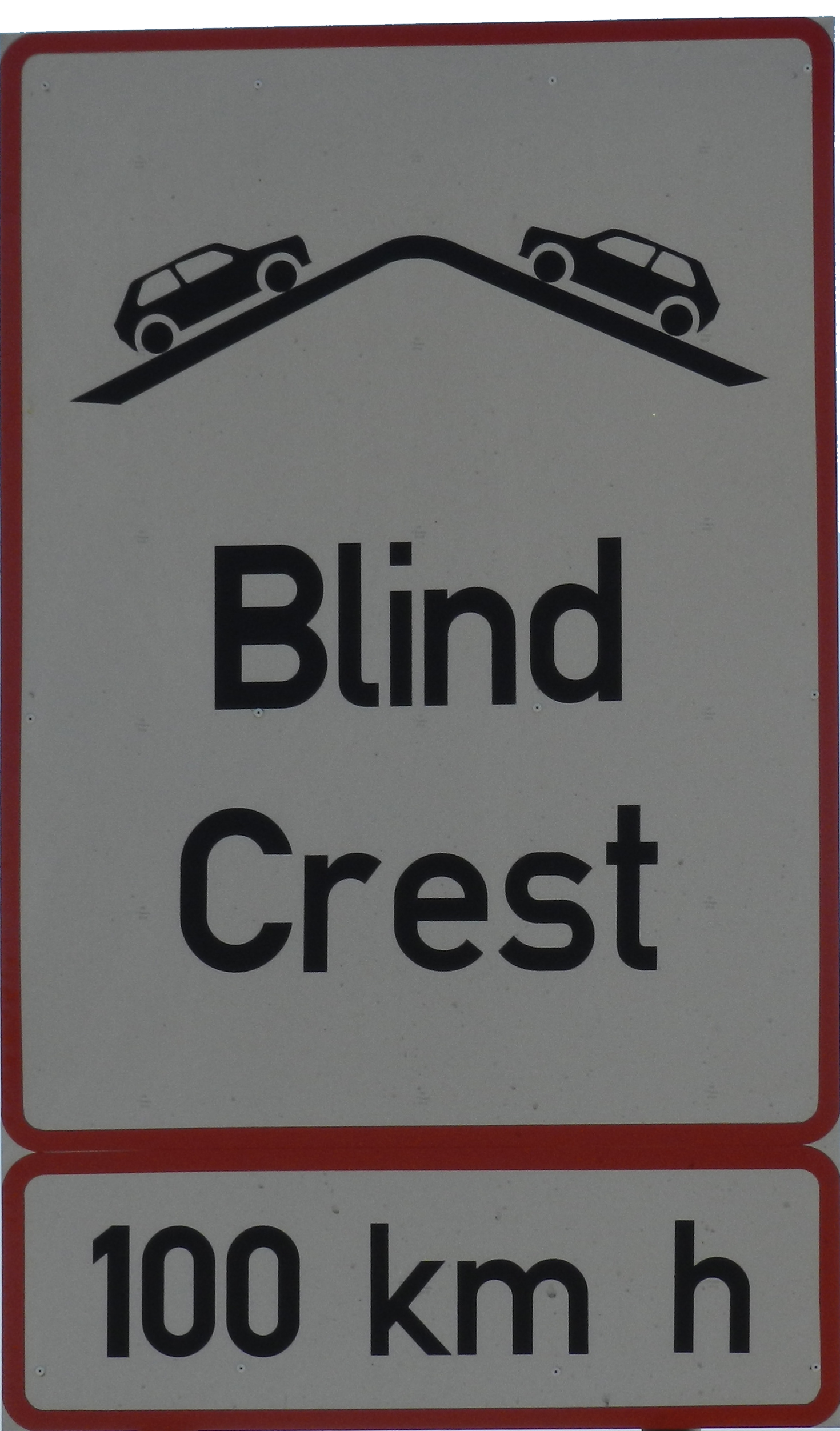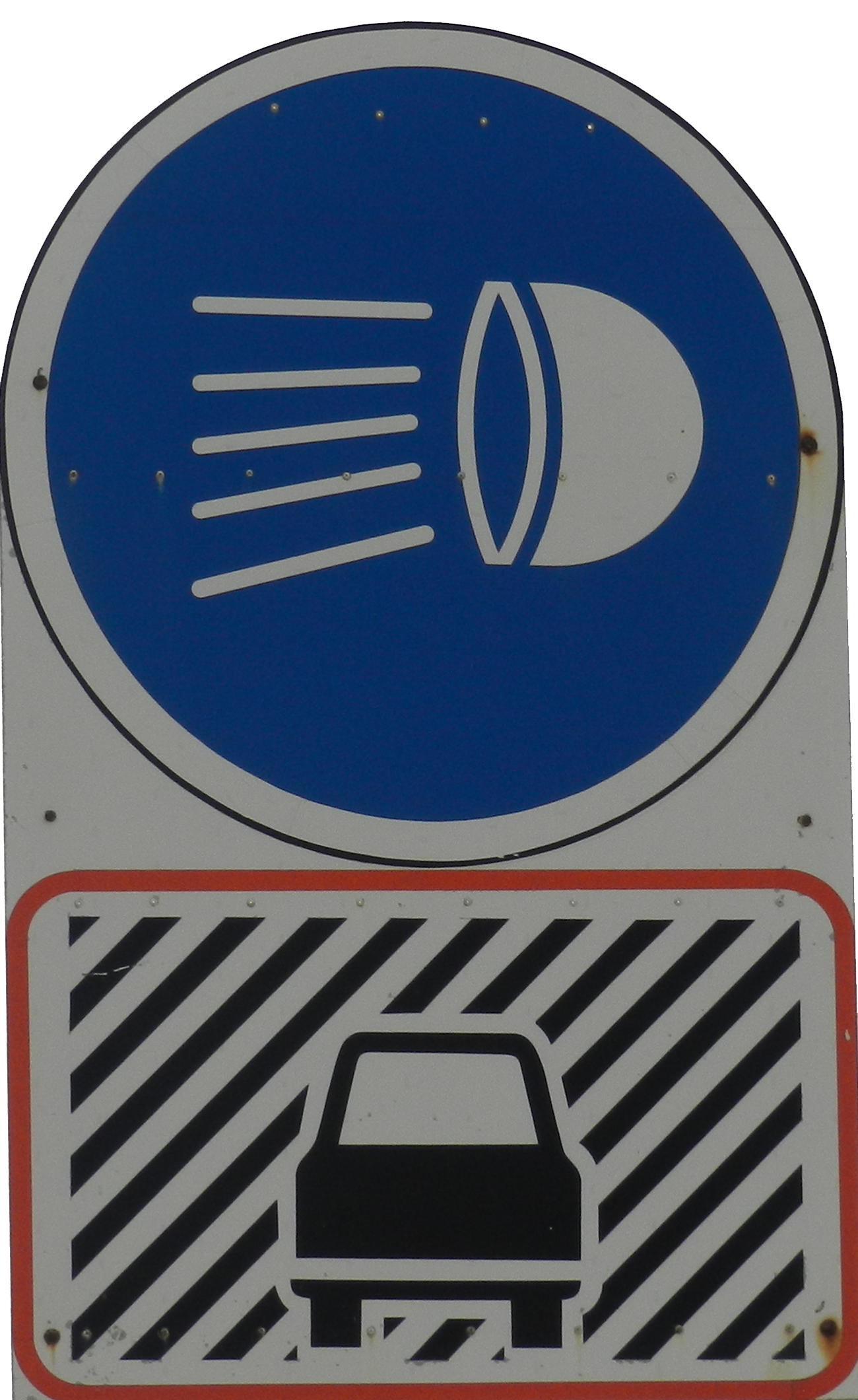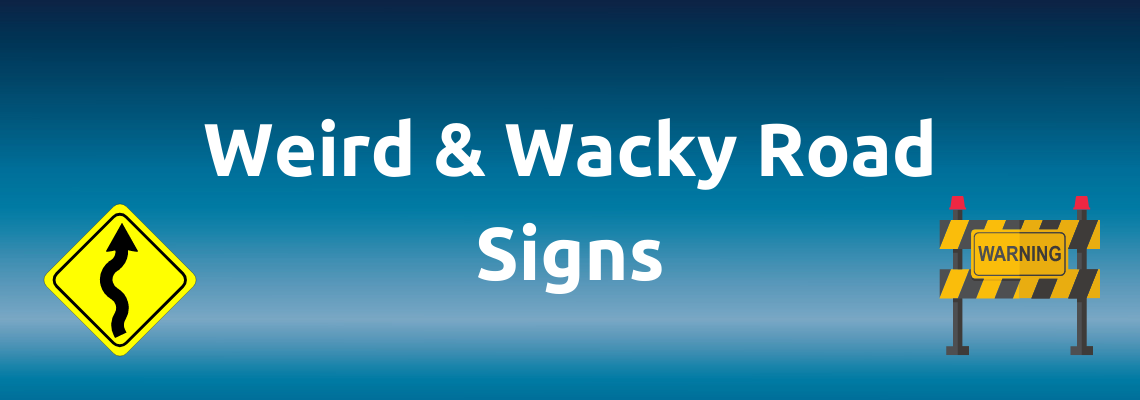
What would we do without road signs? I would get lost, very lost (although I have managed to do that even with road signs helping me along), who actually thinks about road signs? They are just an accepted norm, you drive along, you look for the sign that indicates how fast you allowed to go, you approaching a town…..where are we? Need to take the next turn after the white house, next to the elephant waterhole by the spaza shop….you look for a road sign as confirmation that you are heading in the right direction. Who invented them? What purpose do they serve (besides the obvious)?
According to most accounts available, the Romans were the first to invent road signs which were milestones, and they were used by ancient Romans in the Bronze Age. The very first road in Rome was the Via Appia, or also known as the Appian Way. This road was built in 312 B.C. At regular road intervals, milestones were placed, and these often stated who was in charge of the maintenance of that road portion and as well as the completed repairs. The Romans also built mile markers at intersections to specify the distance to Rome. I wonder if that is the origin of the saying….” all roads lead to Rome”?
The first modern road signs erected on a wide scale were designed for riders of high or “ordinary” bicycles in the late 1870s and early 1880s. Cycling organisations began to put up signs that warned of potential hazards ahead (particularly steep hills), rather than merely giving distance or directions to places, thereby contributing the sign type that defines “modern” traffic signs. In 1686, the first known Traffic Regulation Act in Europe was established by King Peter II of Portugal. This act ensures the placement of priority signs in the narrowest streets of Lisbon, stating which traffic should back up to give way. One of these signs still exists at Salvador street, in the neighbourhood of Alfama.
Eventually, with traffic on the roads increasing all the time, some form of standardisation regarding road signs was needed and after some debate, it was agreed on some distinct shapes to be used for various situations. The shapes were as follows:
Round: Railroad crossing warning
Octagon: To stop
Diamond: To show that precautions need to be taken in a specific area
Square: To show some care needs to be taken occasionally
Rectangular: For directional or regulation information
Star-Shaped: A unique shape used to mark highways
In Britain, before the 1950s, road signs were a disaster. It took graphic designers Jock Kinneir and Margaret Calvert to create standard and easy-to-read road signs. After testing different versions, they created new signs based on the European standard that triangular signs warn, circles command and rectangles provide information. They used drawings or pictograms more than words as a picture can convey a message a lot quicker than words. These pictograms have resulted in some hilarious road signs.
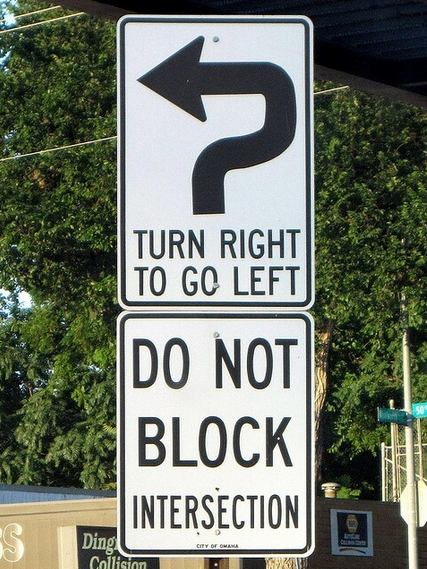 |
Turning left is usually a straightforward affair, but not at this intersection. You’ll first need to turn right and then go left. But be careful not to get confused, as you shouldn’t block the intersection, either.
Photo by Flickr user Paul Heaberlin |
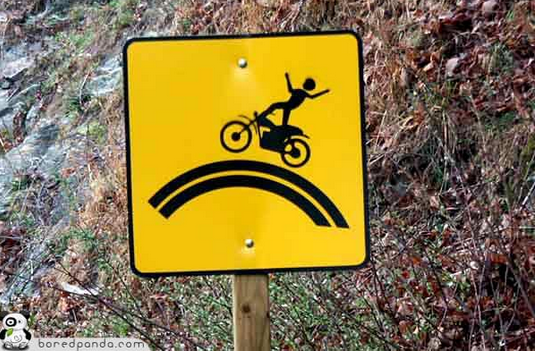 |
This sign is probably warning motorcyclists about an upcoming downhill turn, but it really just looks like a kid showing off on a rainbow.
Defensive Driving |
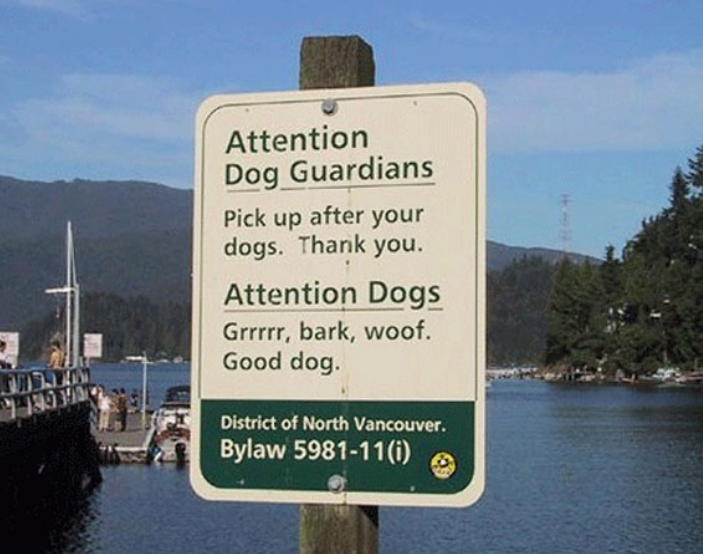 |
|
I had the opportunity to visit the beautiful country Namibia a few years ago and the images below are some of the pictograms we photographed:
Sources:
Did you Know Cars
Degemill
Wikipedia
To view more Articles, please visit our Leads 2 Business Blog.
If you are interested in becoming one of our subscribers, please visit Leads 2 Business.
To view notes with screenshots on how to use our website, please visit Leads 2 Business Wiki.
I started at Leads 2 Business in April 2008 in the tenders Department and transferred to the Projects Department during the same year. I was appointed Head of Department for Projects from February 2011 to March 2022. April 2022 I started a new adventure as Content Regulator.








